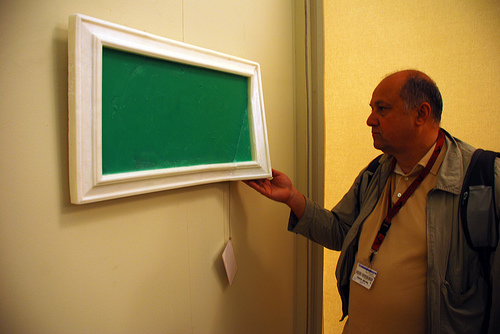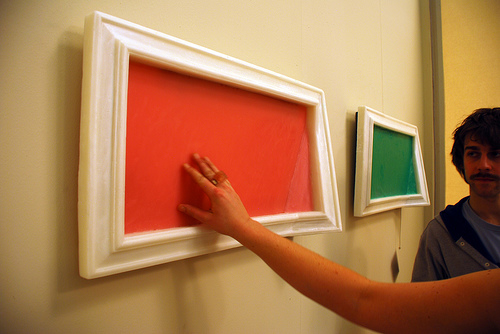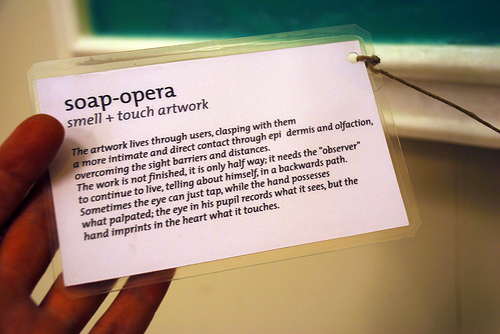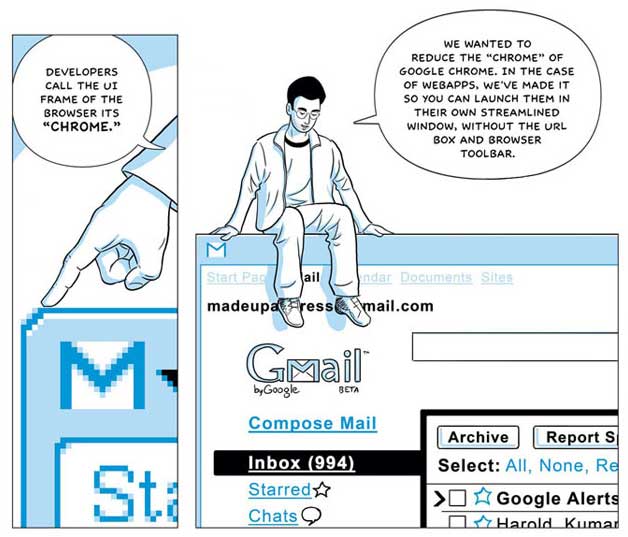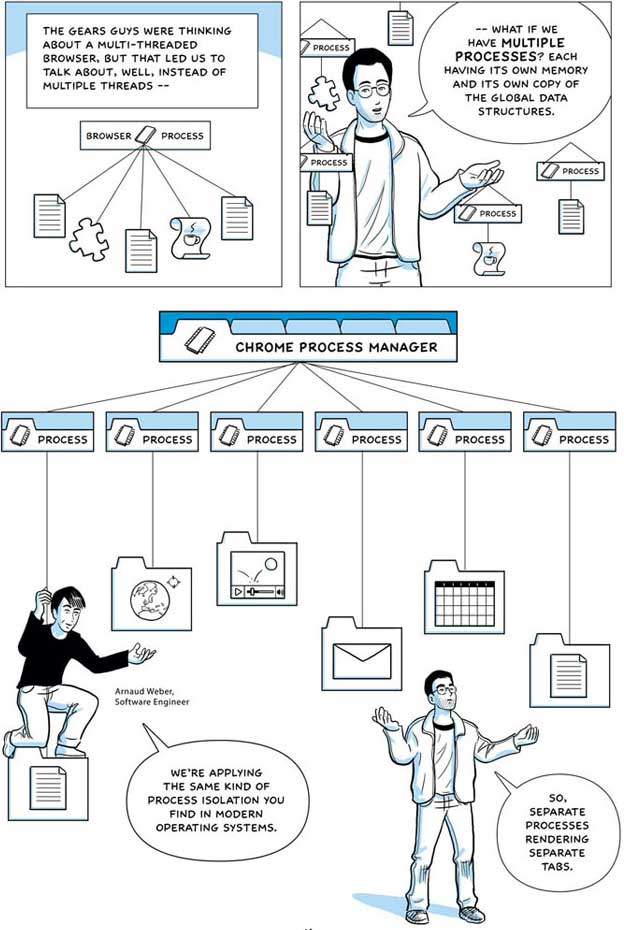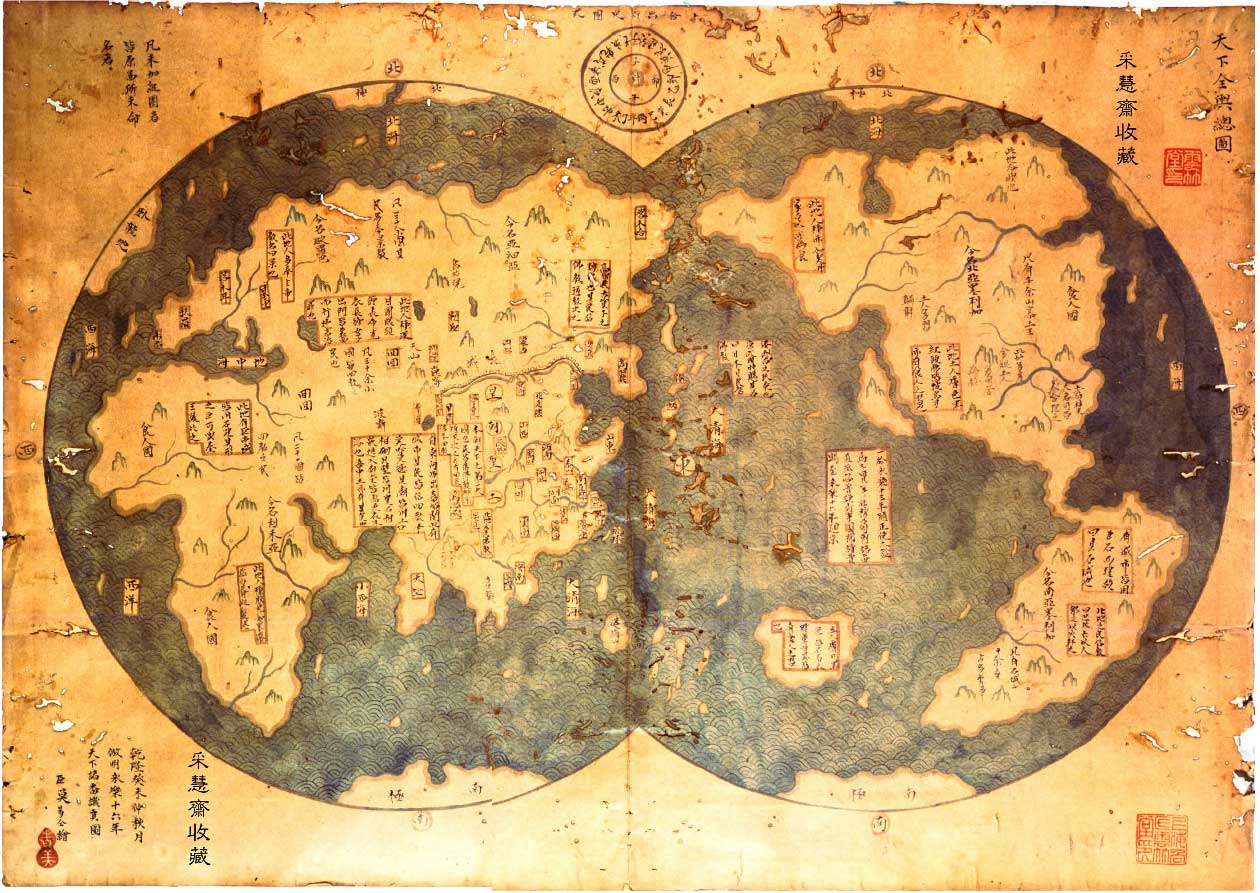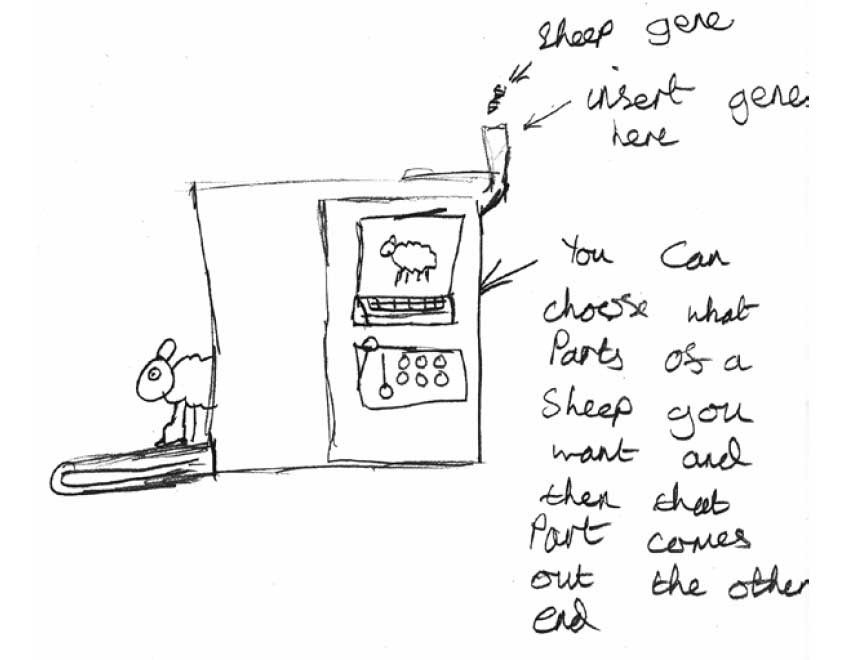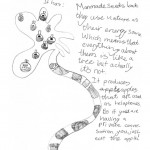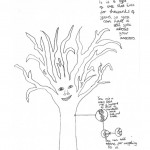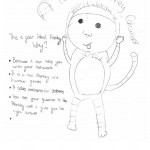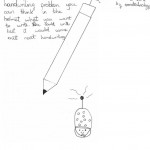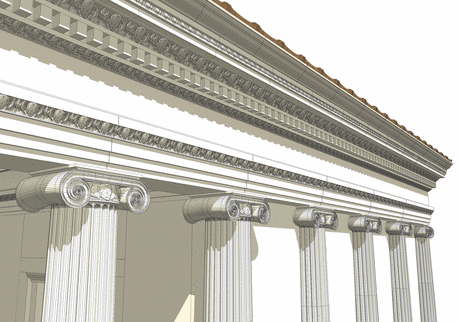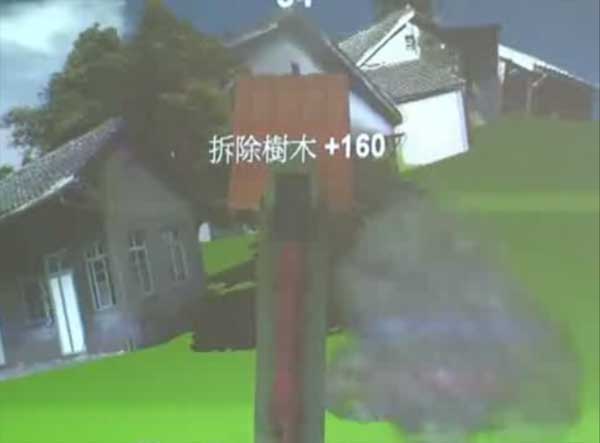Soap Opera is a conceptual product by sovrappensiero meant to act as a painting for the blind. A picture frame made of perfumed soap is touched with hands moistened by a sponge under the upturned corner of the frame. While offering different colors to the sighted viewer, they provide a far richer experience to the blind. More than a good example of universal design, Soap Opera is a tool that could be adapted for any visual artwork to serve a second olfactory role.
thanks to mocoloco for putting a name to this work
